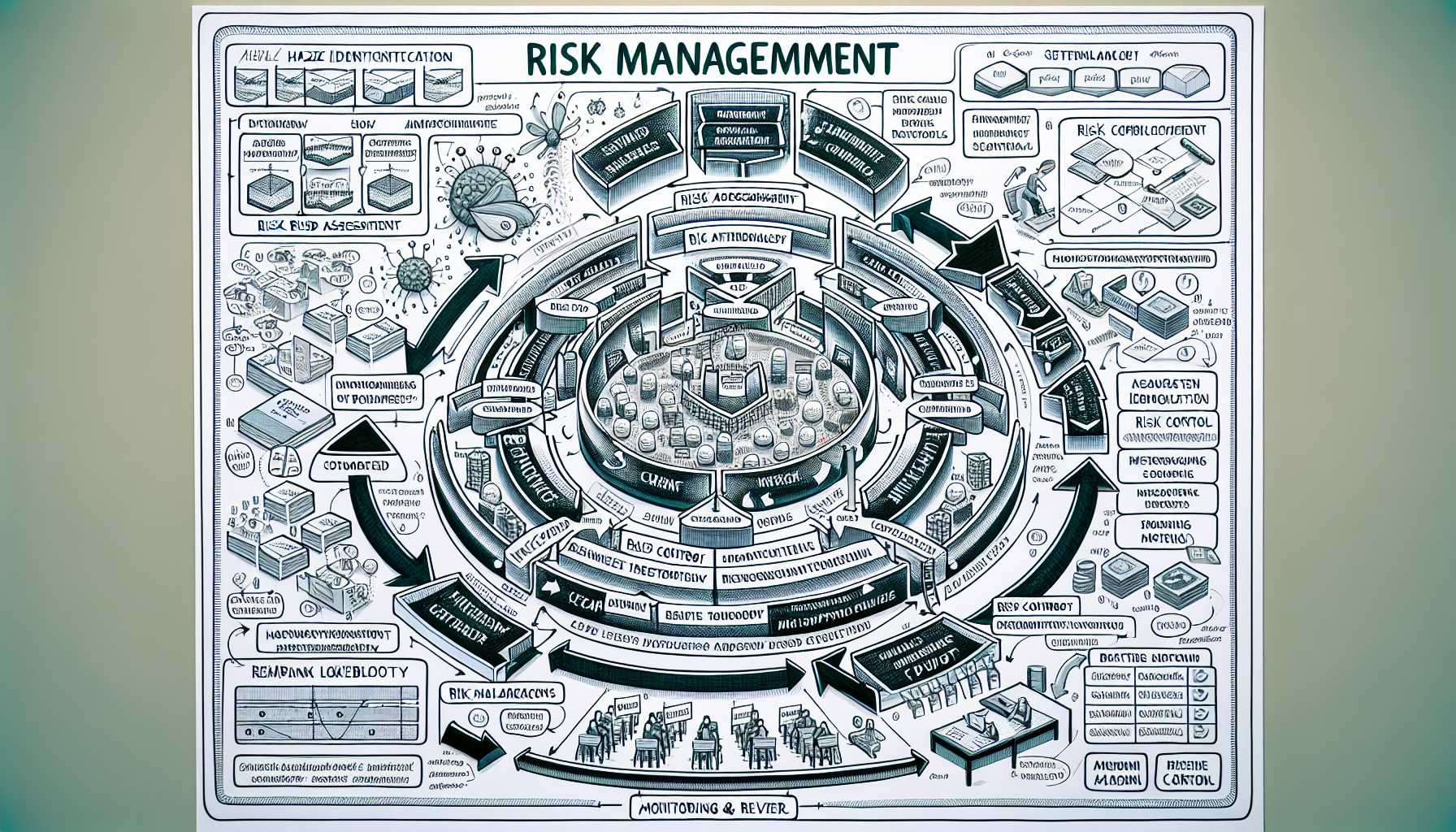Seasoned product managers in the tech industry — welcome back to our deep dive into the nuanced craft of product management. Today, we set our sights on a vital yet often underestimated aspect of our role: risk management in software product development.
In the throes of development, it’s easy to get caught up in the feature frenzy and innovation race. However, ignoring the fundamentals of risk management can lead to catastrophic results. Using a blend of industry-proven methods and personal experiences, let’s unravel the practices that fortify our projects against the specter of failure.

Recognizing the Hazard: The Nature of Risks
Software development risks can be elusive, often masked by optimism bias or buried in technical intricacies. They generally fall into a few broad categories: technical, operational, market, financial, and beyond.
Technical risks encapsulate potential design and implementation problems. Operational risks involve team dynamics and project management issues. Market risks look at user adoption and competition, whereas financial risks pertain to budget overruns and revenue projections.
Strategies to Shield Your Product
Having managed numerous products over the years, I’ve honed a repertoire of strategies to manage risks effectively. Here are some methodologies that are now mainstays in my toolkit:
The Risk Matrix:
The classic Risk Matrix has always been my starting point. It’s a straightforward way to plot the likelihood of risks against their potential impact, allowing me to focus my energies appropriately. Should we mitigate? Transfer the risk? Accept it? Or avoid it altogether? These decisions take shape here, on this grid.
An Agile Mindset:
Moving to Agile was a revelation. It shifted our approach from fearing change to embracing it as a constant. By chunking work into sprints and leveraging continuous feedback, we were better equipped to identify and address risks early, avoiding the ‘big bang’ surprises at the end of the development cycle.
Technical Prototyping:
Personal experience has taught me that a thousand words are worth less than one prototype. Facing an ambitious technical integration, the risks appeared formidable. However, by developing a series of rapid prototypes, we were able not only to evaluate feasibility but also to identify and mitigate technical risks before they evolved into larger problems.
Building a Culture of Risk Sensitivity
One of the most impactful lessons I’ve learned about risk management is that it’s not solely a project manager’s responsibility. Embedding a mindset of risk awareness within the entire team can transform your development strategy.
This involves regular risk assessment meetings, where all team members are encouraged to voice potential concerns. Teams trained to spot risks early become a self-regulating mechanism, capable of initiating corrective action swiftly. This collective ownership has turned potential project derailments into some of our most remarkable success stories.
Real-world War Stories
In one particularly enlightening project, we encountered the risk of obsolescence. The market was pivoting faster than anticipated, and our product roadmap risked becoming irrelevant. We had to reassess our user stories, MVP (Minimum Viable Product), and pivot our features to realign with market demands quickly. This experience underscored the importance of an adaptable strategy and taught us the art of pivoting gracefully under pressure.
Another formative experience was when one of our key third-party APIs announced a significant change in its usage policy, with implications for our product’s core functionality. This event placed a spotlight on vendor risk management. We developed a dual-track approach: one team focused on finding alternative solutions, while the other engaged with the vendor to negotiate terms. This pragmatic approach avoided knee-jerk reactions and ensured that the best possible outcome was achieved.
Tools for Future Proofing
Looking to the future, product managers should regard risk management as more than a necessary evil; it’s a strategic advantage. Employing tools like Monte Carlo simulations can help predict project outcomes. Scenarios and ‘what-if’ analyses prepare us for future uncertainties, ensuring that our strategic decisions are robust under a range of plausible futures.
Risk management is an essential part of our discipline, one that requires vigilance, strategic thinking, and a healthy respect for the unpredictable nature of software development. Empower your team, equip your projects with proven methodologies, and always, always plan with the foresight that risk is an ever-present companion on our product management journey.
Remember, fellow navigators of the product seas, to share your experiences in risk management or your thoughts on the strategies detailed here. Together we are stronger, smarter, and more prepared for whatever development adventures await.
